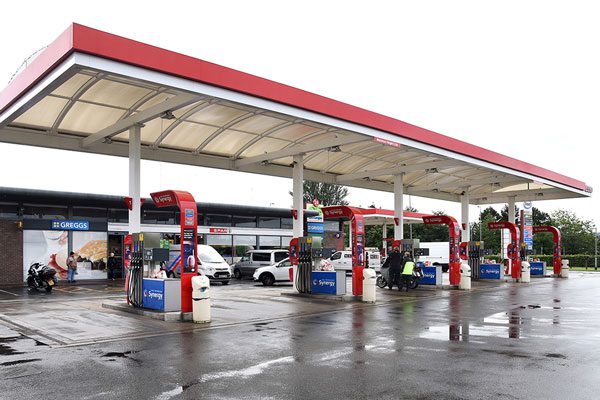Petrol Retailers Association chief tells of resilience in face of industry problems

RISING oil prices may be making life difficult for independent forecourt operators but the sector remains buoyant.
That’s the message from Gordon Balmer, executive director of the Petrol Retailers Association (PRA).
He said decisions by both Saudi Arabia and Russia to cut oil production had led to sizeable increases in the costs of Brent crude in recent months.
As a result, some PRA members, especially single-site owners, were now facing the worst margins for a few years, Balmer said.
But the PRA chief added: “People are still investing in running petrol stations and the retail side of these businesses is going very well.
“Lots of members are also investing in car wash machinery because the margins are good and the technology has improved a great deal in recent years.”
For PRA members – or anyone else interested in the sector – north of the Border, the PRA will be holding one of its Business Breakout sessions at McDiarmid Park, Perth, on 2 November.
These events allow visitors to learn about current affairs affecting the industry and hear from a diverse range of companies with products and services that can improve business.

The breakouts are free to attend for members and non-members, and provide the opportunity to network with colleagues and industry representatives.
Balmer said the PRA was also actively contributing to the House of Lords environment and climate change committee’s inquiry into electric vehicles (EVs).
He said Prime Minister Rishi Sunak’s decision to postpone the 2030 deadline to stop the sale of new petrol and diesel cars and vans to 2035, which ScotGov will follow, reflected the fact that it had become an unrealistic target.
And Balmer highlighted the growing gap between the number of EVs and the availability of public chargers.
The director explained: “We now have the ninth-worst global ratio, making it difficult for EV drivers to get plugged into a public charger.
“Also, the forecast of the energy needed for 2035 is double what the existing national grid can provide.”
He said many PRA members were keeping a close eye on the EV market because installing charge points involved huge set-up costs.
He cited the fact that forecourt operators would get far greater returns by investing in store refurbishments than introducing chargers.
Finally, Balmer said the PRA was keeping a close eye on the interim open data road fuel price finder scheme and how plans would unfold for a permanent scheme.













